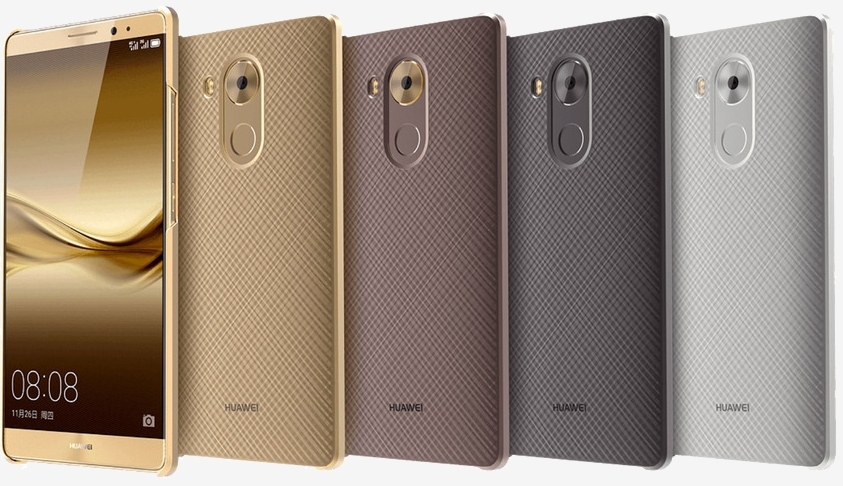Huawei, the world's third-largest smartphone vendor, unveiled its latest flagship smartphone earlier today in Shanghai. If you're the type that prefers a large handset loaded with the latest technology, the Mate 8 is right up your alley.
The phablet-sized smartphone packs a 6-inch, 1080p JDI IPS-Neo LCD with a body-to-display ratio of 83 percent (that's a lot of screen). It's powered by HiSilicon's brand new Kirin 950 SoC, an octa-core chip consisting of four Cortex A72 chips clocked at 2.3GHz and four 1.8GHz Cortex A53 chips in a big.LITTLE configuration, alongside ARM's Mali-T880 GPU and up to 4GB of RAM.

Elsewhere, you'll find up to 128GB of local flash storage (plus a microSD expansion slot), a 16-megapixel f/2.0 rear-facing camera with optical image stabilization, an 8-megapixel selfie cam, 802.11 a/b/g/n/ac dual-band Wi-FI, Bluetooth 4.2 and support for Cat. 6 LTE.
It'll ship running Google's latest mobile OS, Android 6.0 Marshmallow (with Huawei's EmotionUI 4.0 on top).
The handset is crafted from aerospace-grade aluminum and in what's becoming the norm with premium phones, the battery isn't removable. While that may be a deal-breaker for some, do know that Huawei has managed to fit a massive 4,000mAh (15.2Wh) battery inside the 7.9mm thick device.

Personally, I'm interested in seeing how the Kirin 950 performs in the real-world as early "leaked" test results looked incredibly promising.
The Huawei Mate 8 is slated to launch in China early next year starting at around $469. Plans for a broader western market rollout will be detailed at CES in January.
